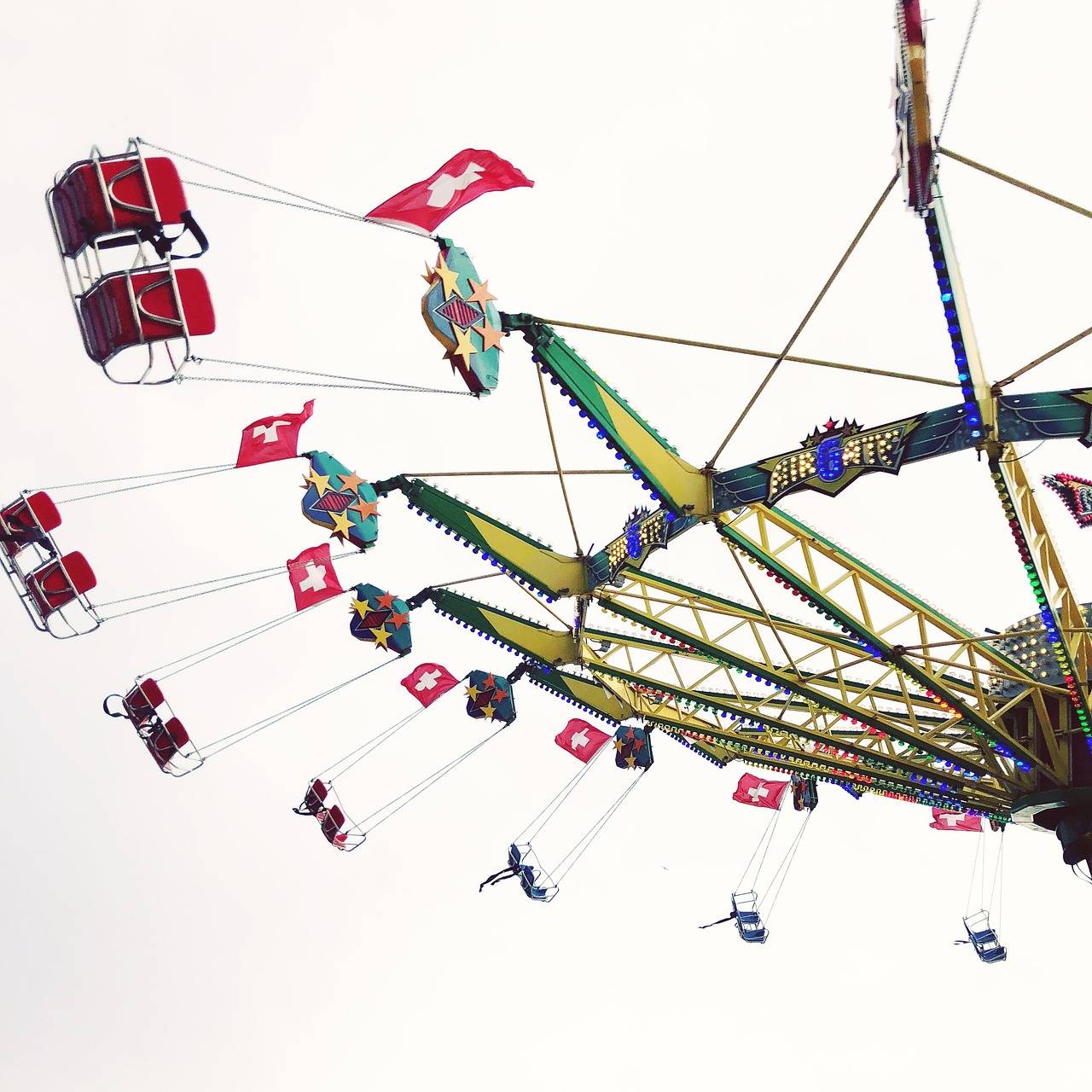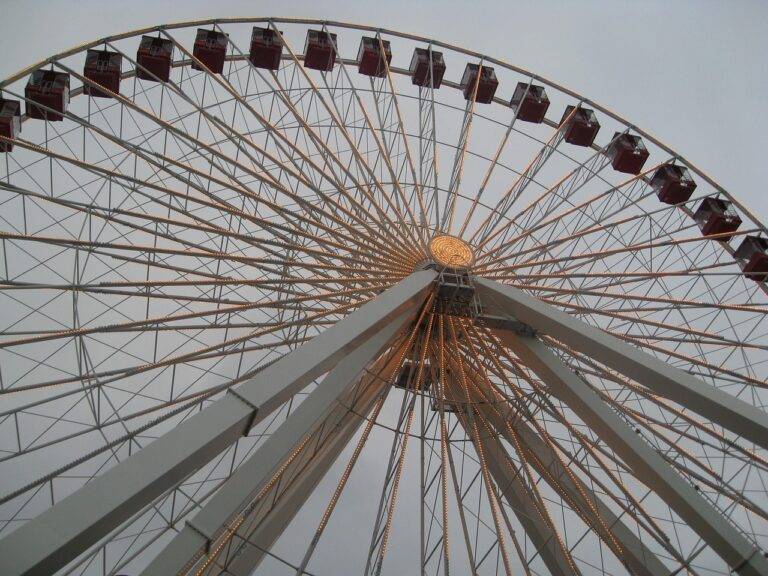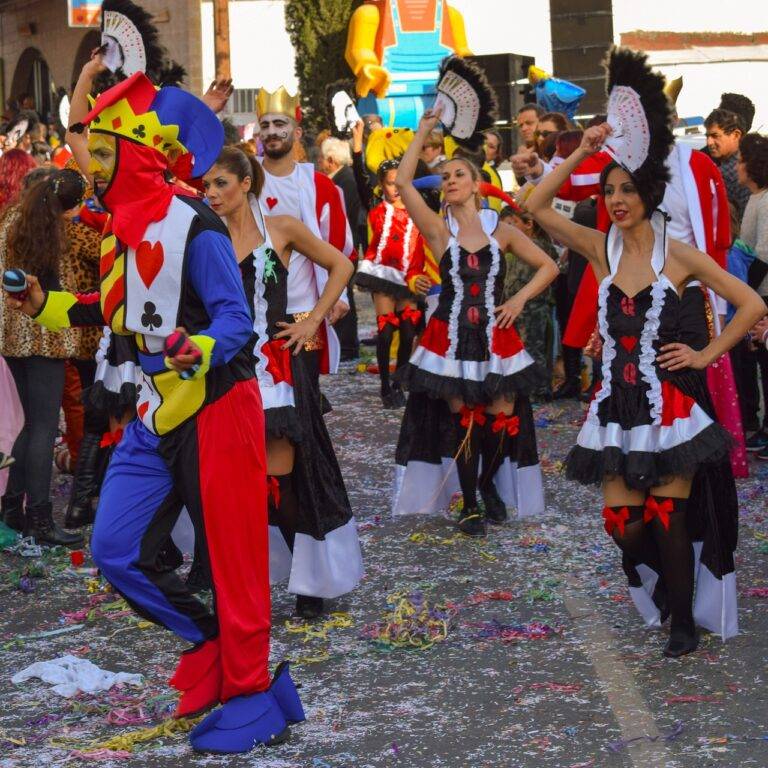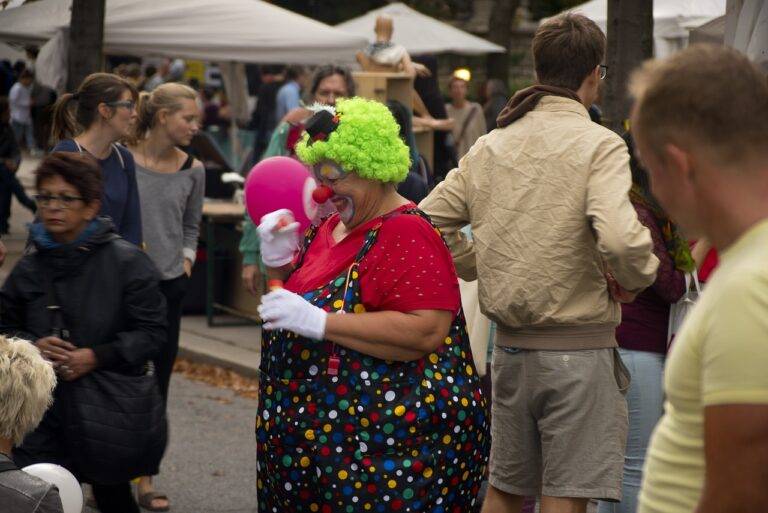Examining the Legacy of Classic Horror Films
Classic horror films have a rich history dating back to the early days of cinema. The roots of this genre can be traced back to the silent film era, with iconic movies such as “Nosferatu” and “The Cabinet of Dr. Caligari” setting the stage for the macabre tales that would follow. These early films often drew inspiration from Gothic literature, folklore, and urban legends, captivating audiences with their eerie atmosphere and spine-chilling narratives.
As the film industry evolved, classic horror films continued to push boundaries and explore the darker side of human nature. Directors like James Whale and Tod Browning brought classic monsters like Frankenstein’s creature and Dracula to life on the silver screen, solidifying their places in cinematic history. These pioneering filmmakers laid the groundwork for the horror genre as we know it today, shaping the tropes and conventions that continue to thrill and terrify audiences around the world.
• Classic horror films have a rich history dating back to the early days of cinema
• The roots of this genre can be traced back to the silent film era
• Iconic movies such as “Nosferatu” and “The Cabinet of Dr. Caligari” set the stage for macabre tales
• Early films drew inspiration from Gothic literature, folklore, and urban legends
• Directors like James Whale and Tod Browning brought classic monsters like Frankenstein’s creature and Dracula to life on screen
Pioneering Directors in Classic Horror
During the golden era of classic horror films, there were several visionary directors who revolutionized the genre and left a lasting impact on cinema. F.W. Murnau, a German filmmaker, is known for his groundbreaking work in the silent horror film “Nosferatu” (1922). Murnau’s expressionistic style, use of light and shadow, and haunting portrayal of the vampire Count Orlok set a new standard for horror aesthetics.
Another influential director in classic horror was James Whale, whose films “Frankenstein” (1931) and “Bride of Frankenstein” (1935) are considered iconic in the genre. Whale’s ability to blend horror with elements of Gothic melodrama and dark humor gave his films a unique and enduring appeal. His interpretation of Mary Shelley’s novel brought the tragic story of the monster to life in a way that captivated audiences and solidified his place in horror film history.
Impact of Classic Horror Films on Pop Culture
Classic horror films have left an indelible mark on pop culture, shaping the way we perceive and consume entertainment. These iconic movies have not only terrified audiences but also influenced various art forms, from literature to music. The themes and imagery from classic horror films have become ingrained in popular culture, often serving as a reference point for other creative works.
Moreover, classic horror films have spawned a plethora of merchandise and memorabilia, catering to the devoted fan base that continues to grow over the years. From action figures to clothing lines, the influence of classic horror can be seen in various consumer products that celebrate the genre’s most memorable characters and moments. The enduring popularity of these films has ensured their legacy in pop culture, with new generations discovering and appreciating the timeless appeal of classic horror.
What are some examples of classic horror films?
Some examples of classic horror films include “Psycho,” “Night of the Living Dead,” and “The Exorcist.”
How did classic horror films influence pop culture?
Classic horror films have had a significant impact on pop culture by inspiring countless remakes, adaptations, and references in various forms of media.
Who are some pioneering directors in classic horror?
Some pioneering directors in classic horror include Alfred Hitchcock, George
What themes are commonly explored in classic horror films?
Common themes explored in classic horror films include fear of the unknown, the supernatural, and the darker aspects of human nature.
How have classic horror films shaped the horror genre today?
Classic horror films have laid the foundation for the modern horror genre by introducing innovative storytelling techniques and iconic characters that continue to influence filmmakers today.





